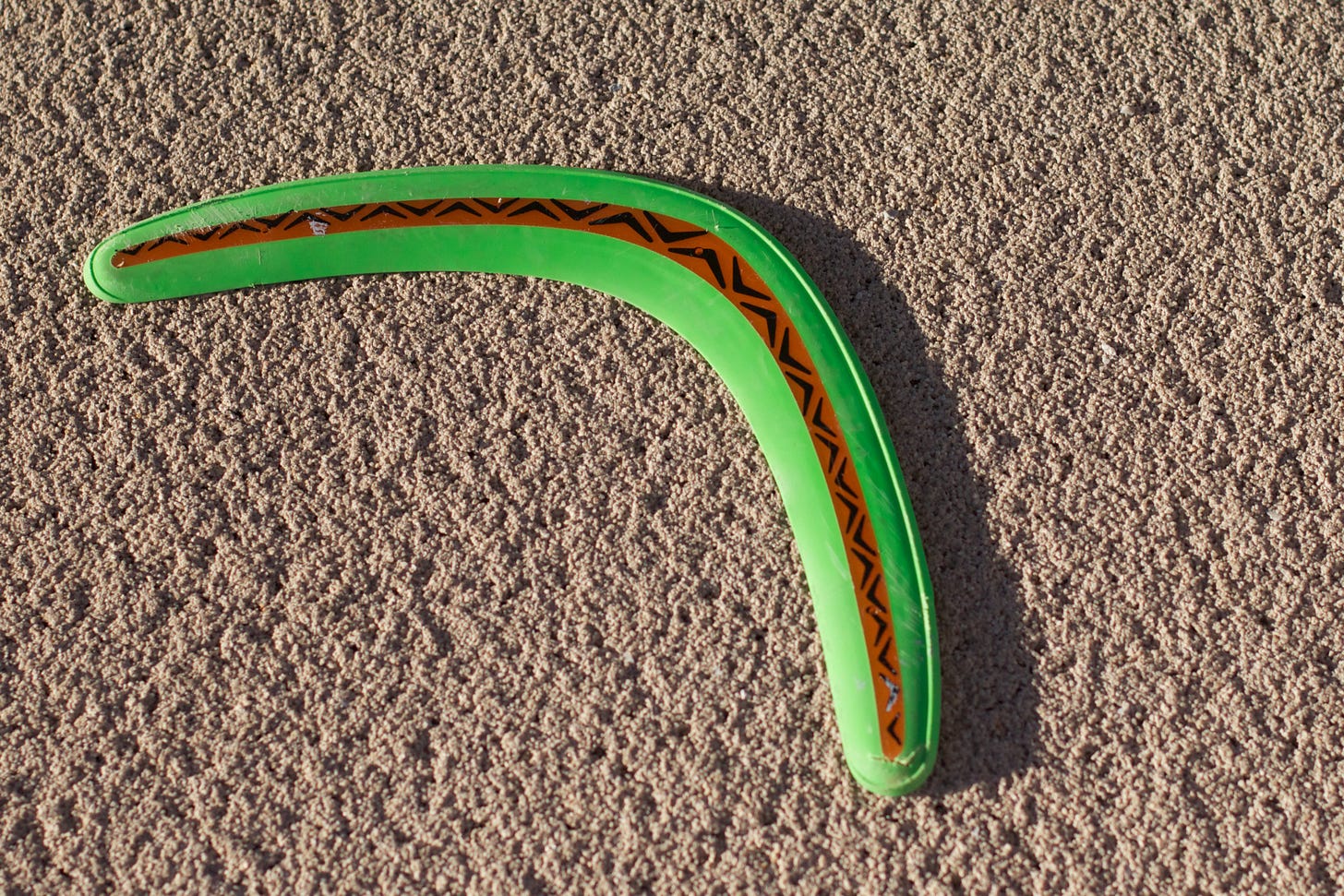Is Princess Kate simply the victim of unintended consequences?
By trying to quell speculation about the princess’s condition, the palace has instead drawn more attention to the possibility that something may be wrong – a phenomenon known as a boomerang.
The Princess of Wales has been out of the public view since she had abdominal surgery two months ago. Understandably, for someone recovering from major surgery, she has been keeping a low profile and has suspended all her public duties. Her lack of public appearances, however, have been described by some as creating an information vacuum; a vacuum that has been filled by online rumour and conspiracy theories. Prince William’s last minute cancellation of his attendance at a memorial service for his godfather, the former King Constantine of Greece, due to an undisclosed “personal matter”, only served to add fuel to the fire.
The flames of conspiracy were damped on Sunday when Kensington Palace issued the first official photo of Kate since her surgery, happily posing with her three children on Mother’s day. But the abatement in speculation was only temporary. Later on the same day, four international news agencies took the significant step of pulling the photo and advising clients not to use it over concerns that the image had been doctored. The dramatic-sounding “kill” notices came after Royal aficionados scrutinising the image noticed a number of inconsistencies, suggestive of the image having been edited. Without clarification from Kensington Palace, the News agencies were left with little choice but to withdraw the picture. The rumour mill whirred into action once more.
Kate’s Twitter/X apology on Monday morning, in which she stated “Like many amateur photographers, I do occasionally experiment with editing. I wanted to express my apologies for any confusion the family photograph we shared yesterday caused.” did little to quell fresh rounds of speculation about her health and the state of the Royal family more generally. The spectacular backfiring caused by the attempt to quell speculation is an example of what I dub in my book, How to Expect the Unexpected, a ‘boomerang’. Boomerangs are actions that, although potentially well intentioned, can dramatically veer off course without due consideration for their potential consequences. In the most extreme cases, boomerangs can complete a full 180 and come back to hit you metaphorically in the head; sometimes over and over again.

The Streisand effect, for example, is the name given to the increased publicity attracted to a piece of information by an attempt to remove or censor it. In 2002, environmentalists Kenneth and Gabrielle Adelman undertook the epic task of taking photographs of all of California’s coastline in order to document coastal erosion. Once completed, they made the 12,200 photographs publicly available on their website. One of them happened to include Barbara Streisand’s Malibu mansion, and Streisand did not take kindly to a photo of her residence being freely available on the internet, so she decided to sue the Adelmans. At the time she filed the suit, the photo had been downloaded six times – including twice by Streisand’s lawyers and once by her neighbour. In the month following the suit, nearly half a million people visited the Adelmans’ otherwise unremarkable website. In the event, Streisand lost her suit and was forced to pay $155,000 in legal fees.
As super-injunction litigants and book banners have discovered, there are few better ways to pique interest in something than by prohibiting it. Apple fell foul of the Streisand effect when they filed a legal complaint against a book which they claimed disclosed ‘a multitude of business secrets’. After the complaint came to light, App Store Confidential, by former head of the Apple App Store in Germany, Austria and Switzerland, Tom Sadowski, quickly sold out its first print run of 4000 copies, rising to number two on the Amazon best-seller list in Germany. Despite reviews describing the revelations in the book as ‘bland and obvious’, Apple’s litigation left the public wanting to find out exactly what it was the tech giant were so worried about.
In a political context, a 2019 study found that while the imprisonment of online critics of the Saudi Arabian government did tend to deter them from further dissent, it did little to dissuade others. In fact, social media followers of imprisoned dissidents were found to be energised by the incarcerations, leading to stronger and louder calls for political reform and regime change.
The vacuum created by the lack of information about Kate’s condition, heightening attention and speculation, is reminiscent of the Streisand effect. The media blackout served to create the febrile atmosphere into which Kensington Palace released the doctored photo on Sunday. By attempting to present a too-perfect version of reality in order to dampen speculation, it seems likely that Kate’s photo editing has had the opposite effect to that which was originally intended – another classic boomerang.
How the situation plays out from here remains to be seen, but the future path of the story will undoubtedly depend on what the Royals choose to do next. In that respect, they face a difficult dilemma: whether to keep quiet in the hope that the fires of speculation will eventually burn themselves out or whether wade in to quell the rumours at the risk of providing more fuel for the flames.




